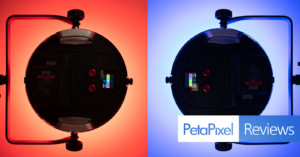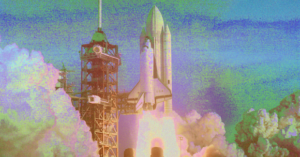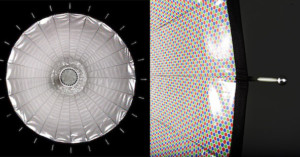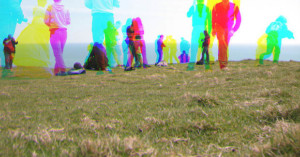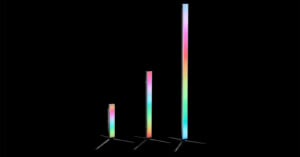
Aputure’s New Infinibar Lights Are Colorful, Powerful, and Built for Pros
Following the initial product release launched last March, Aputure has announced the refresh of the Infinibar product family with the addition of new four-light kits and accessories adding even more functionality to the lineup.







